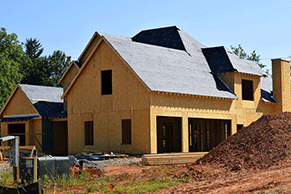The broad answer is “yes”: lenders will accept properties with non-permitted additions and alterations, but there isn’t a single set of rules to follow for obtaining financing for such properties. What works for one loan, might not work for another.
Monica Chudgar, an appraiser and realtor, gives an example. “I appraised a home that converted the garage to a second unit with a full bathroom and kitchen. The lender didn’t want the stove in there, so the owners removed the stove and took a picture. After that, the loan went through fine.”
The most important consideration that lenders take for non-permitted additions is the quality, or “workmanship”, of the completed project.
“There are liability and insurance issues,” said Daniel Podesto, co-owner of Central Coast Lending. “When a lender agrees that the property is in acceptable condition, they can be held responsible to some degree.”
Lenders want to make sure that they are financing a safe, fully-functioning property. This is where “workmanship” comes into play.
“The concern is about the quality of the improvement,” said Podesto. “Was the project done by a person without experience? Or was the improvement completed the right way by somebody with skill?”
Appraisers pay close attention to alterations that involve plumbing and electricity, and make note of any issue that could suggest faulty work. Non-permitted plumbing is often a bigger red flag than other renovations such as electricity, said Podesto. To ensure the quality of the work, the appraiser will look for water damage, leaks, and dry rot on surfaces.




















